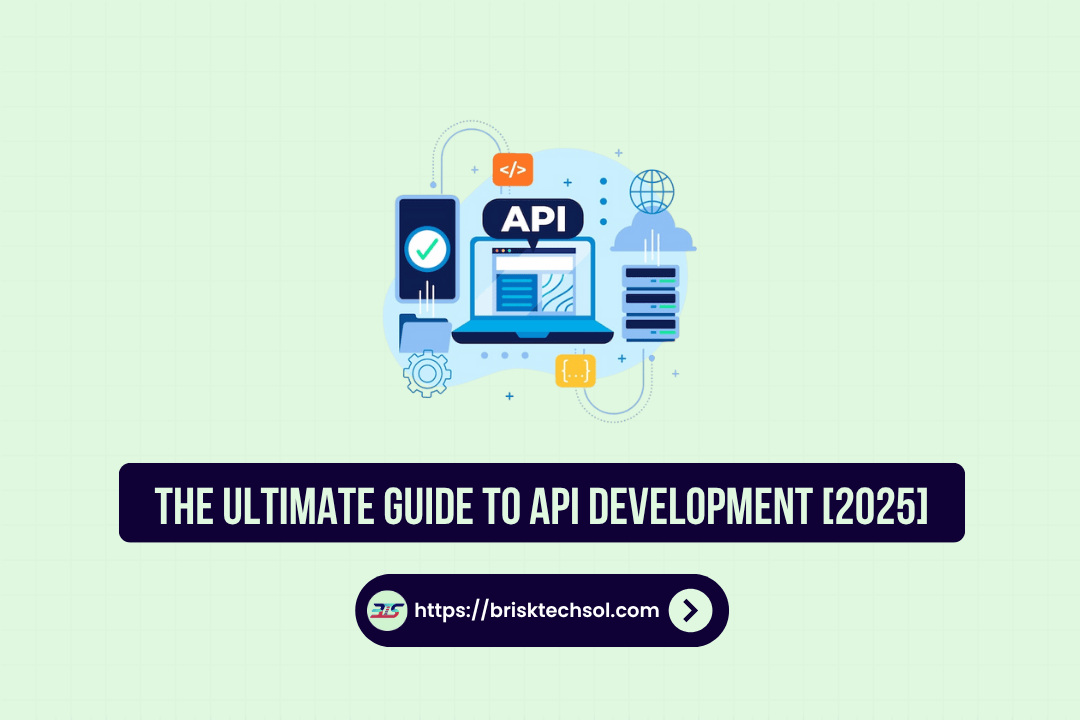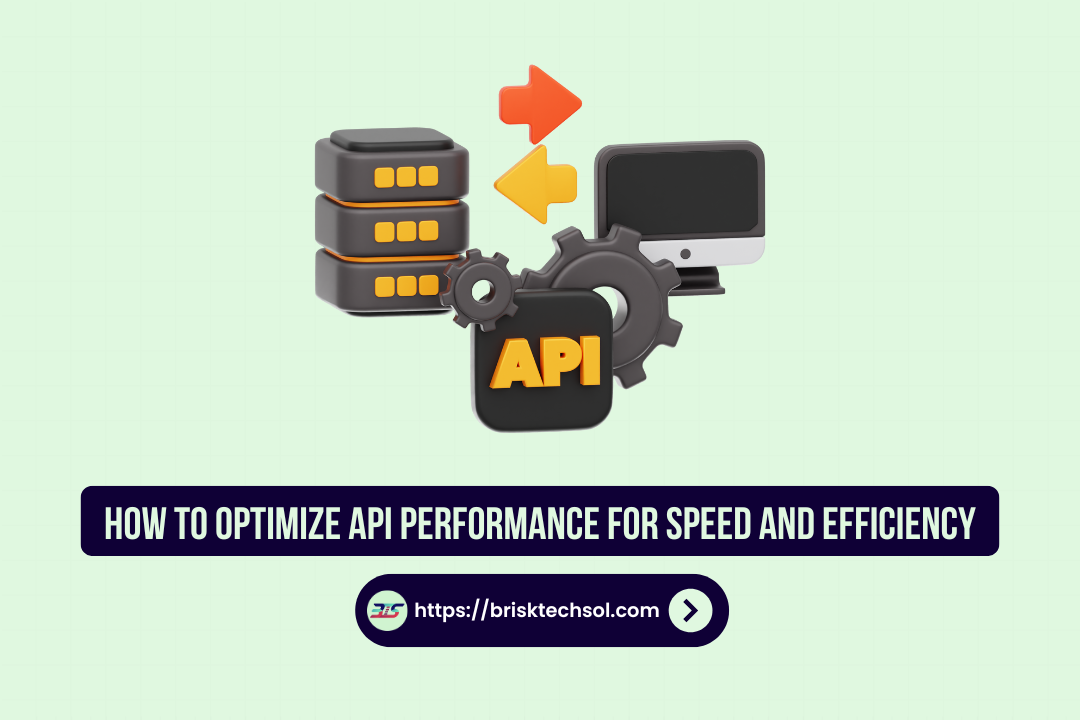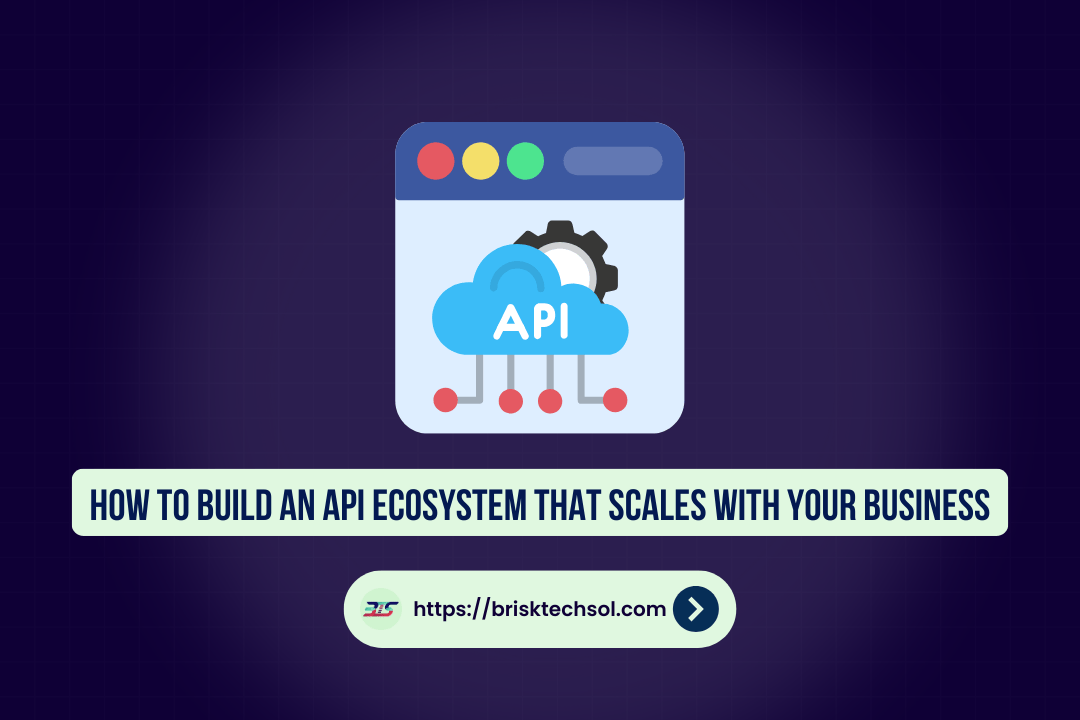Angular and React are two of the most popular JavaScript frameworks used in web development. While Angular is a comprehensive, full-featured framework, React is a flexible library focused on building user interfaces. In this article, we’ll compare Angular and React in terms of features, performance, learning curve, and use cases to help you choose the right tool for your project in 2025.
What Are Angular and React?
Angular Overview
Angular is a full-fledged framework developed and maintained by Google. It’s designed for building dynamic single-page applications (SPAs) with extensive features out-of-the-box, such as routing, form validation, and HTTP client support. Angular is built using TypeScript, offering a more structured and object-oriented approach to development.
React Overview
React, developed by Facebook, is a JavaScript library primarily used for building user interfaces, specifically for SPAs. Unlike Angular, React focuses more on the view layer, which makes it lighter and more flexible. React is component-based, allowing developers to create reusable UI components.
Key Differences in Purpose
- Angular is a complete framework, including everything you need to build large-scale applications.
- React is more of a library, offering flexibility and focusing mainly on the view layer of your application, leaving the rest up to you.
Key Features and Benefits of Angular
Two-Way Data Binding
Angular’s two-way data binding ensures that any changes in the user interface (UI) are immediately reflected in the application data model and vice versa. This feature helps maintain synchronization between the UI and the business logic.
Comprehensive Toolset
Angular comes with a set of tools for building and managing applications. It includes built-in solutions for routing, HTTP services, forms, and validation. Angular’s CLI (Command Line Interface) provides developers with the tools to quickly generate components, services, and other necessary code structures.
TypeScript Integration
Angular uses TypeScript, a superset of JavaScript that provides static typing, interfaces, and object-oriented programming features. This improves code quality, enhances error detection, and makes large-scale application development easier.
Dependency Injection
Angular’s dependency injection (DI) system promotes modularity and testability. This allows developers to inject services directly into components, reducing the need for tightly coupled code and improving maintainability.
Enterprise-Ready
With its opinionated structure, Angular is well-suited for large-scale, enterprise-level applications. It ensures a consistent development environment, which is crucial when managing large teams and projects.
Key Features and Benefits of React
Component-Based Architecture
React is built around a component-based architecture, where the user interface is broken into individual, reusable components. This modularity allows developers to maintain smaller pieces of functionality and focus on building highly reusable code.
Virtual DOM
One of React’s most notable features is its virtual DOM (Document Object Model). React uses a lightweight copy of the actual DOM to improve performance by reducing unnecessary rendering and reflows, which can drastically enhance the speed of large applications.
Unidirectional Data Flow
React follows a unidirectional data flow, meaning data only flows in one direction—from parent to child components. This simplifies the state management process, making it easier to understand the data flow and debug applications.
JSX Syntax
React uses JSX (JavaScript XML), a syntax that allows developers to write HTML structures within JavaScript code. JSX makes the development process more intuitive, as it combines UI design and logic within the same file.
Rich Ecosystem and Flexibility
React’s ecosystem offers a wide range of third-party libraries and tools, giving developers the flexibility to choose the best tools for their project needs. React works seamlessly with other technologies, like Redux for state management and Next.js for server-side rendering.
Performance Comparison: Angular vs React
Angular Performance
Angular uses a real DOM, meaning every time there’s a change in the application, Angular updates the entire DOM. While this can be slower compared to React, Angular’s optimizations, like change detection mechanisms, help reduce unnecessary operations and improve performance.
React Performance
React’s virtual DOM gives it an edge in performance. By only updating the parts of the DOM that need to be changed, React minimizes the number of direct manipulations and renders. This makes React faster in handling frequent updates, especially in complex user interfaces.
Which One is Faster?
In general, React tends to perform better in large applications that involve frequent UI changes, thanks to its efficient virtual DOM and optimized rendering. Angular, however, is still a strong performer, especially for structured, enterprise-level applications that benefit from its built-in tools.
Learning Curve: Angular vs React
Angular Learning Curve
Angular has a steeper learning curve due to its opinionated architecture and TypeScript usage. New developers may find it challenging to get started with Angular as it requires understanding its various components, such as modules, services, directives, and dependency injection.
React Learning Curve
React’s learning curve is relatively gentle compared to Angular. Since React focuses on the view layer and is more flexible, developers can quickly get started with just basic JavaScript knowledge. However, mastering React’s ecosystem (like state management with Redux) can take time.
Community and Ecosystem
Angular’s Community and Ecosystem
Angular has a large and active community backed by Google. It has extensive documentation, official resources, and an established ecosystem of libraries and tools. It is widely used in enterprise applications, and there are plenty of resources for troubleshooting and learning.
React’s Community and Ecosystem
React also boasts a huge community, driven by Facebook’s backing. Its ecosystem is larger in terms of available third-party libraries and tools. React’s flexibility has made it a popular choice for developers, leading to a more diverse set of resources for support.
When to Use Angular vs React
When to Choose Angular
- You’re building a large-scale enterprise application with a structured, modular framework.
- You need a comprehensive toolset out-of-the-box.
- You prefer using TypeScript and require a strong typing system.
- You need strong integration with features like forms and validation.
When to Choose React
- You need a lightweight, flexible library for building dynamic UIs.
- You want to focus only on the view layer without worrying about the entire application structure.
- Your team is comfortable with JavaScript and prefers a more open-ended approach.
- You’re looking for a library that can be easily integrated with other frameworks and tools.
Key Takeaways
- Angular is a full-fledged framework with a robust toolset, ideal for large-scale, enterprise-level applications.
- React is a lightweight, flexible library focused on building dynamic UIs with a component-based architecture.
- Angular uses two-way data binding and TypeScript, making it more structured but with a steeper learning curve.
- React offers a virtual DOM for better performance and unidirectional data flow for simpler state management.
- Performance: React tends to perform better for complex, dynamic applications due to its virtual DOM.
- Learning Curve: React is easier to learn, while Angular’s steep learning curve is suited for large, structured projects.
- Community Support: Both frameworks have strong communities, but React’s ecosystem is broader with more third-party libraries.
- Choosing the Right Framework: Angular is ideal for large applications requiring a comprehensive solution, while React is perfect for flexible, UI-focused projects.
FAQs
What’s the difference between Angular and React?
Angular is a full-fledged framework offering a complete solution for building large applications, while React is a library that focuses on building user interfaces with a component-based approach.
Which is better for large-scale applications, Angular or React?
Angular is generally better suited for large-scale applications due to its comprehensive toolset and enterprise-level features.
Is React easier to learn than Angular?
React has a gentler learning curve, especially for those already familiar with JavaScript, while Angular can be more challenging due to its complex structure and reliance on TypeScript.
Can I use Angular and React together in a project?
While Angular and React serve different purposes, it is possible to integrate them into the same project. However, this requires careful consideration of the architecture and potential performance issues.
Which framework is more performant, Angular or React?
React generally has better performance, especially in dynamic applications, due to its virtual DOM. However, Angular’s performance is still solid and suitable for large, static enterprise applications.









